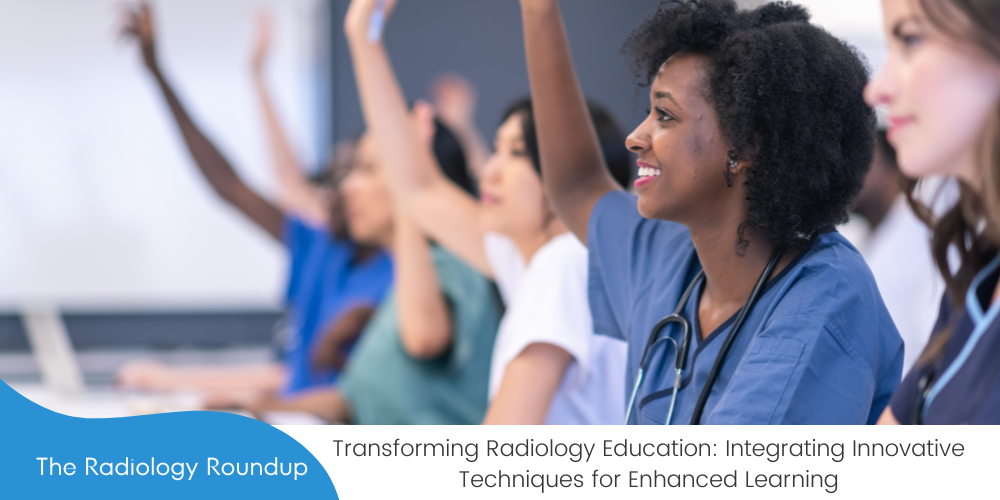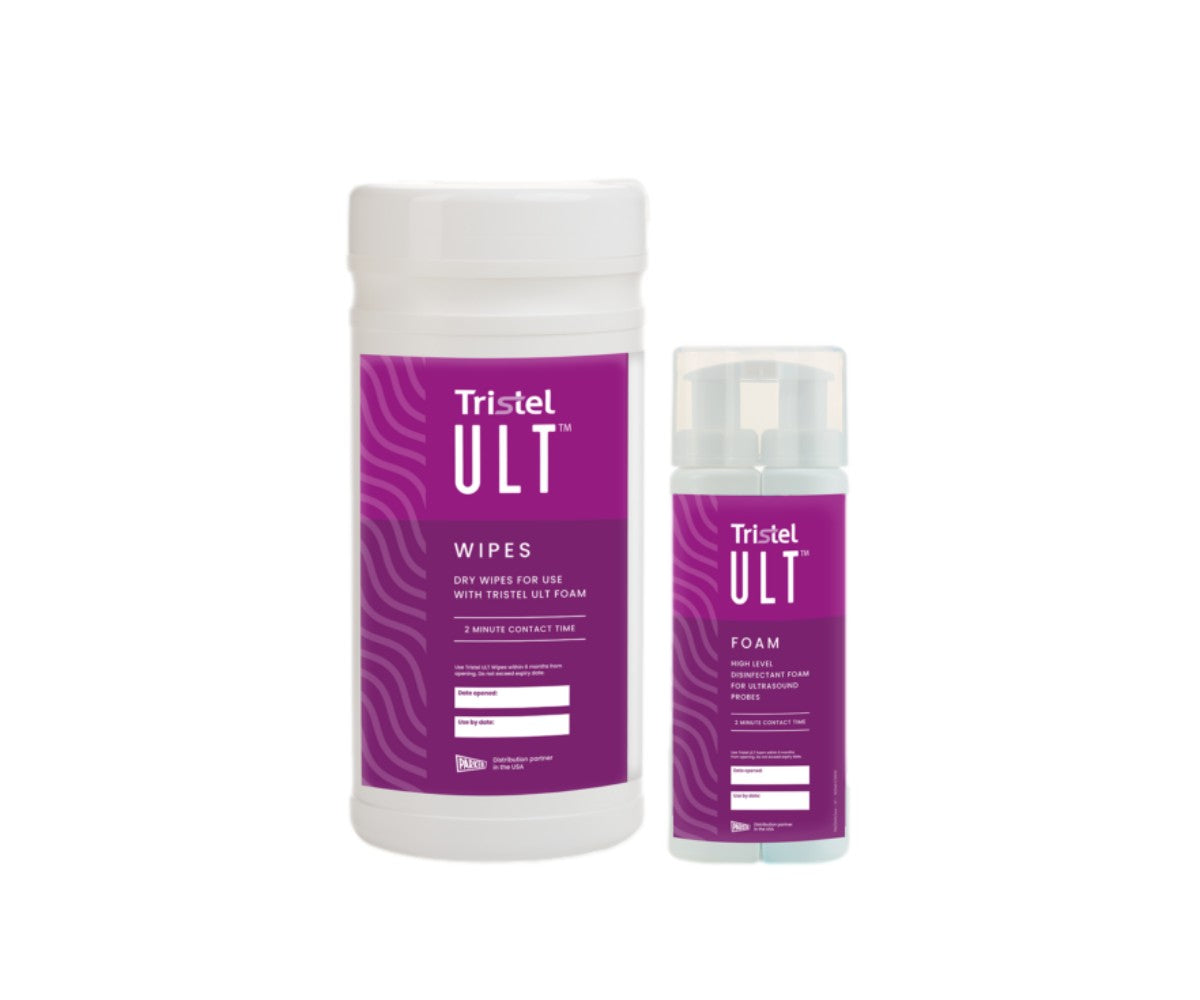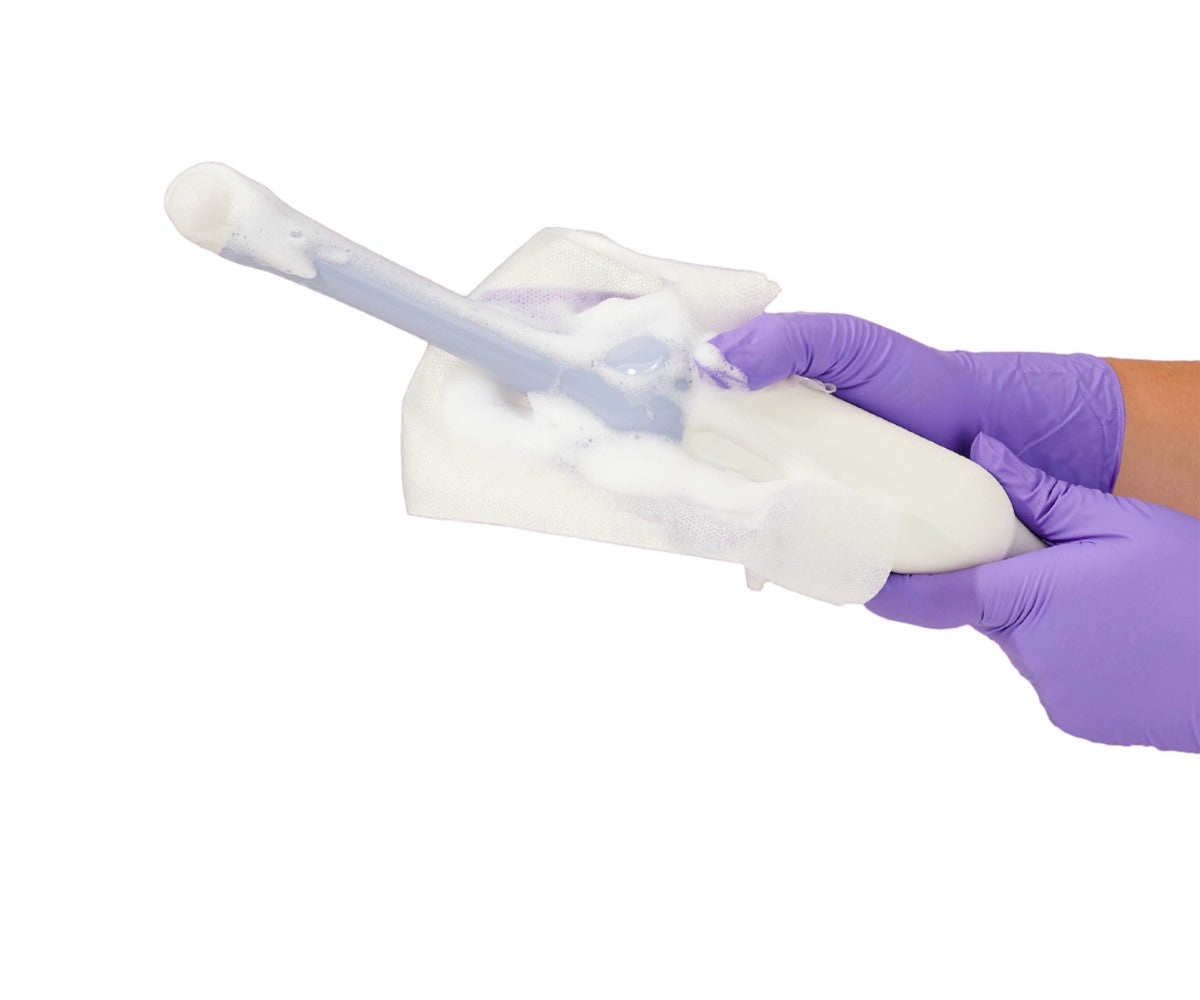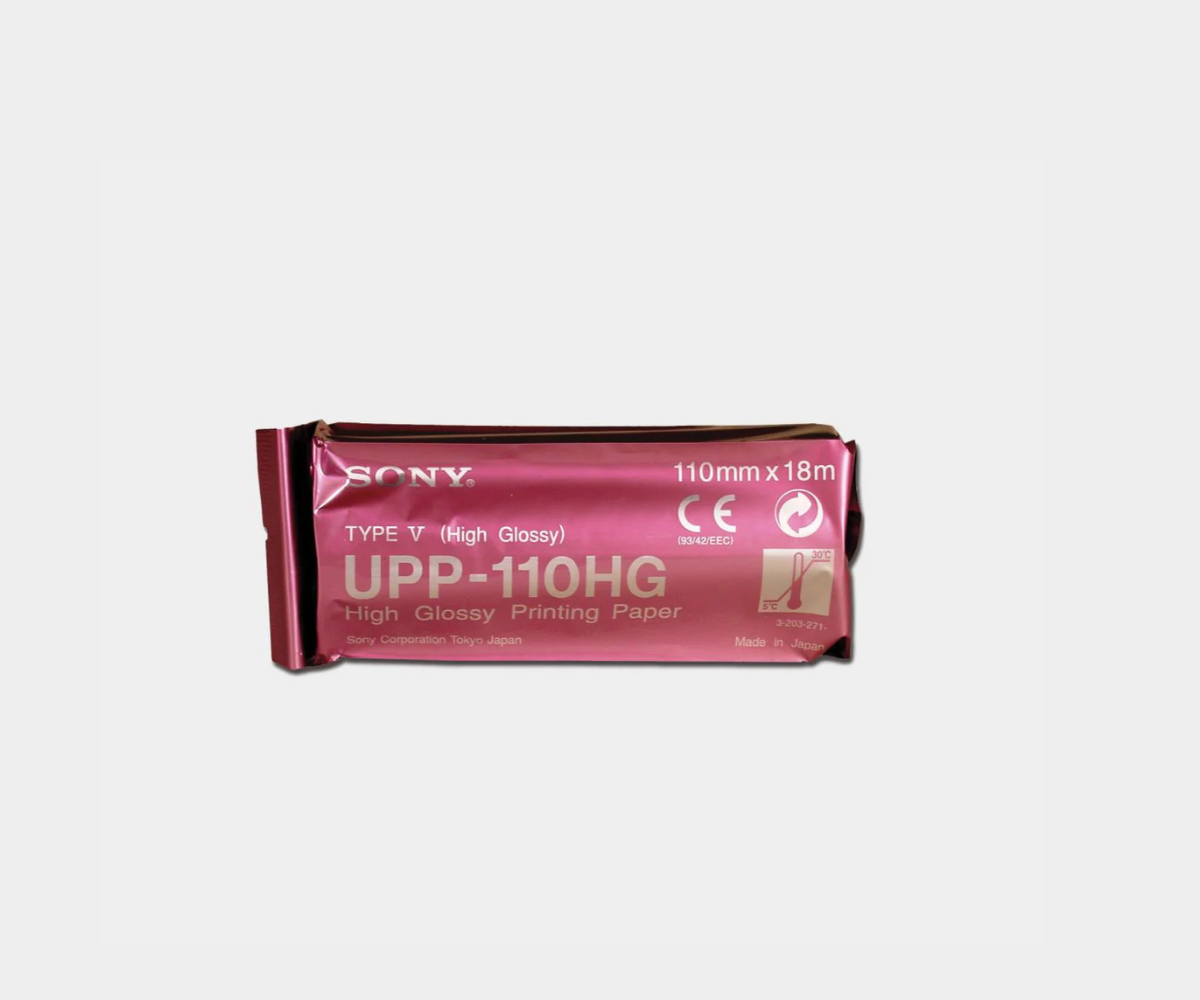Radiology education has long faced challenges related to the passive nature of traditional teaching methods. However, with the integration of innovative techniques, the landscape is evolving to provide more dynamic and engaging learning experiences. This article explores the impact of these new approaches, supported by recent studies, and highlights the benefits they bring to radiology education.
Situated Learning
Situated learning, introduced by Lave and Wenger in 1991, emphasizes engaging learners in meaningful, real-world tasks. In medicine, this involves students taking patient histories, presenting to attendings, and writing notes in electronic medical records. These tasks offer a practitioner's perspective, fostering deeper understanding and skill development.
Radiology students often face limited hands-on experience, as traditional education relegates them to passive observation in the reading room. To address this, a 2021 study in Academic Radiology implemented the "Look Ahead" technique, where students independently review non-urgent imaging studies before discussing findings with a preceptor. This active participation mirrors the real-time decision-making process of radiologists, enhancing learning and understanding. The study at Vanderbilt showed that 70.6% of the 34 students had at least one opportunity to use the technique, with an average of 4.6 cases per student, leading to higher engagement and a more meaningful learning experience compared to passive observation.
Active Learning Techniques
Active learning strategies have been shown to significantly improve student engagement and academic performance. One such technique is the flipped classroom model, where students complete preparatory work before class, allowing in-class time to be dedicated to discussion and practical application. This approach shifts the focus from passive listening to active participation, fostering a deeper understanding of the material.
A meta-analysis of 19 studies involving 2114 participants demonstrated the effectiveness of flipped classrooms in radiology education. The results showed substantial improvements in theoretical knowledge and practical skills compared to traditional lectures. Additionally, students reported higher satisfaction and improved teamwork abilities self-directed learning, and knowledge retention. These findings underscore the benefits of active learning techniques in enhancing both the cognitive and practical competencies of radiology students.
Implementing flipped classroom techniques in radiology education involves several steps. First, educators must develop high-quality preparatory materials, such as peer-reviewed articles, online videos, or specific assignments. These materials should be engaging and relevant to the students' learning objectives. During class, educators can then facilitate interactive discussions, case-based learning, and practical exercises that build on the preparatory work.
Utilizing Social Media for Education
Social media platforms like Twitter, Facebook, Instagram, and TikTok offer unique opportunities for radiology education. These platforms facilitate continuous, personalized learning and foster peer-to-peer interaction. For example, Twitter allows educators to share cases, pose clinical questions, and create real-time discussions, enhancing the educational experience. Social media's interactive nature makes it an ideal tool for engaging students and promoting collaborative learning.
Studies have shown the effectiveness of these platforms in radiology education. A study published in JMIR Medical Education in 2015 found that 69% of internal medicine residents at the University of Chicago believed their education was enhanced through a Twitter account controlled by a chief resident. This account shared teaching points from morning reports, pathology from interesting cases, and educational radiographs/scans, demonstrating how social media can supplement traditional educational methods. Similarly, radiology-related Instagram accounts like @radiopaedia has garnered substantial followings, indicating high engagement levels and the potential for wide-reaching educational impact.
Instagram and TikTok, with their focus on visual content, are particularly well-suited for radiology education. Radiology is inherently image-rich, and these platforms allow educators to share high-quality images and videos that can be easily accessed and interacted with by students.
TED-Inspired Teaching
TED talks, known for their engaging and succinct presentation style, offer valuable lessons for radiology education. According to a study published in Academic Radiology in 2024, incorporating TED-style presentations into radiology didactics can make learning more engaging and memorable. These talks emphasize "ideas worth spreading" and are designed to be thought-provoking and accessible. The TED format, with its focus on novel and surprising ideas delivered in under 18 minutes, captures learners' attention more effectively than traditional, longer lectures. This structured yet creative delivery encourages critical thinking and problem-solving skills, creating impactful learning experiences.
To integrate TED principles into radiology education, educators should focus on core ideas worth spreading and design concise, engaging presentations. Storytelling techniques, multimedia elements, and thought-provoking questions can further enhance the learning experience. By emphasizing creativity and innovation, TED-inspired teaching fosters a deeper understanding of radiology concepts and inspires students to think critically and creatively about their field.
Integrating innovative techniques into radiology education can greatly enhance the student learning experience. These approaches create a more interactive and engaging educational environment, improving academic performance and practical skills while fostering higher levels of student satisfaction and engagement. As these methods gain traction, they promise to transform radiology education, better preparing students for the dynamic and challenging field of radiology.

EDM Medical Solutions is a premier supplier and manufacturer of medical imaging products, including ultrasound supplies, surgical drapes, and needle guides. We are committed to delivering a high-quality and cost-effective range of products that enhance patient care and operational efficiency.
Our Krystal brand, featuring probe covers and equipment drapes, sets the industry standard for quality, safety, and reliability. Switching to Krystal can mean up to 30% in savings on your supplies.
With market-leading prices and rapid shipping options, we ensure our clients have immediate access to the supplies they need, when they need them. That's why over 2,000 facilities in the US choose EDM.









